Disaster Recovery (DR) Architecture on AWS, Part I: Strategies for Recovery in the Cloud
AWS Disaster Recovery
APRIL 5, 2021
This blog post shows how to architect for disaster recovery (DR) , which is the process of preparing for and recovering from a disaster. We use the following objectives: Recovery time objective (RTO) : The maximum acceptable delay between the interruption of service and restoration of service. Recovery objectives: RTO and RPO.

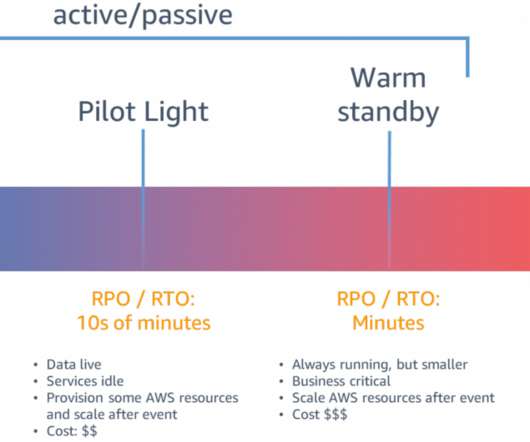
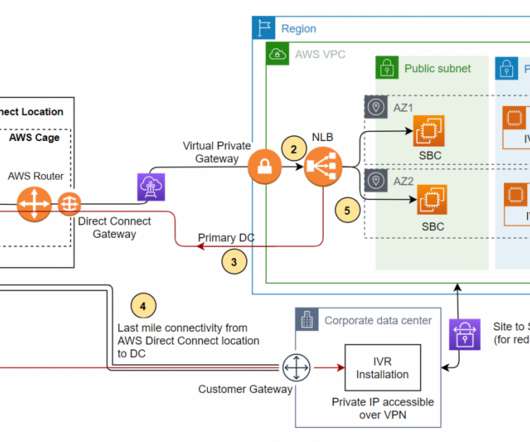
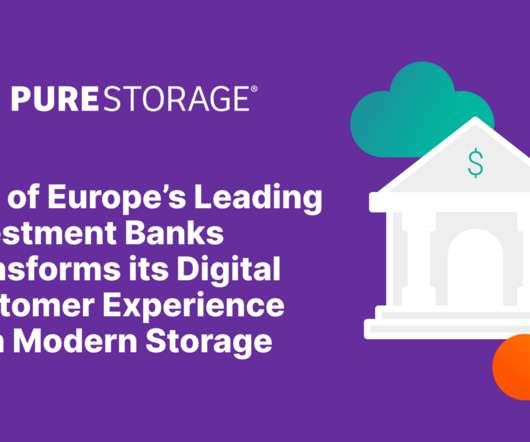
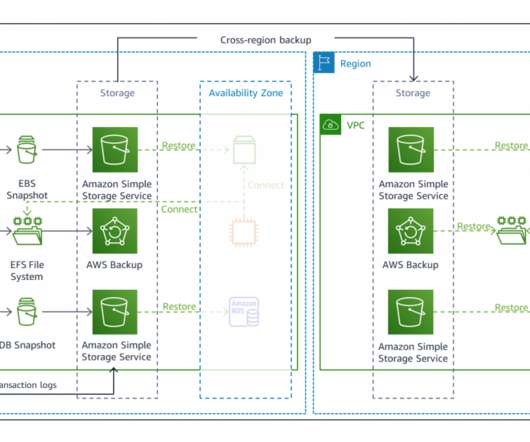
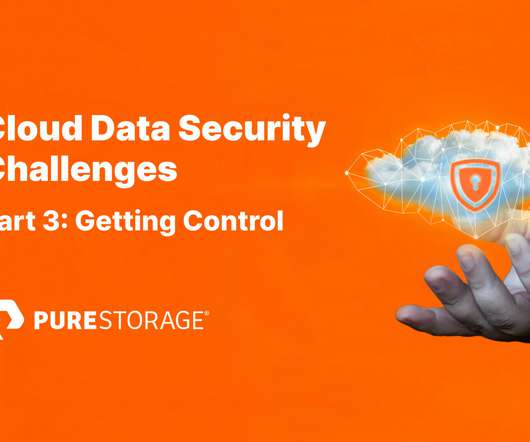






Let's personalize your content